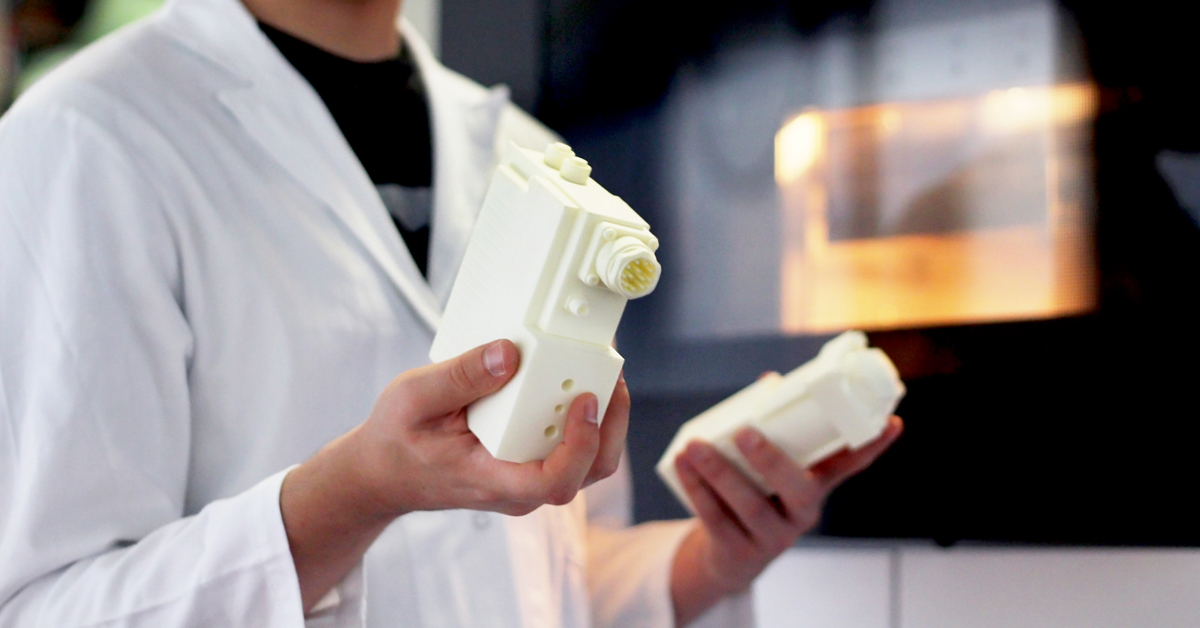3D Printing for regenerative medicine
Posted By sculpteo on Aug 10, 2011 | 3 comments
Surgeon Anthony Atala demonstrates an early-stage experiment that could someday solve the organ-donor problem: a 3D printer that uses living cells to output a transplantable kidney
7:24 – This is actually a desktop inkjet printer, but instead of using ink, we’re using cells. And you can actually see here the printhead going through and printing this structure, and it takes about 40 minutes to print this structure. And there’s a 3D elevator that then actually goes down one layer at a time each time the printhead goes through. And then finally you’re able to get that structure out. You can pop that structure out of the printer and implant it.
And this is actually a piece of bone that I’m going to show you in this slide that was actually created with a desktop printer and implanted as you see here. That was all new bone that was implanted using these techniques.
8:06 – Our next generation of technologies, are more sophisticated printers. This particular printer we’re designing now is actually one where we print right on the patient. So what you see here — I know it sounds funny, but that’s the way it works. Because in reality, what you want to do is you actually want to have the patient on the bed with the wound, and you have a scanner, basically like a flatbed scanner.
That’s what you see here on the right side; you see a scanner technology that first scans the wound on the patient and then it comes back with the printheads actually printing the layers that you require on the patients themselves.
This is how it actually works. Here’s the scanner going through scanning the wound. Once it’s scanned, it sends information in the correct layers of cells where they need to be. And now you’re going to see here a demo of this actually being done in a representative wound. And we actually do this with a gel, so that you can lift the gel material. So once those cells are on the patient they will stick where they need to be. And this is actually new technology still under development.
9:20 – We’re also working on more sophisticated printers. […] So the strategy here is — this is actually a CT scan, an X-ray — and we go layer by layer, using computerized morphometric imaging analysis and 3D reconstruction to get right down to those patient’s own kidneys. We then are able to actually image those, do 360 degree rotation to analyze the kidney in its full volumetric characteristics, and we then are able to actually take this information and then scan this in a printing computerized form. So we go layer by layer through the organ, analyzing each layer as we go through the organ. And we then are able to send that information, as you see here, through the computer and actually design the organ for the patient.
This actually shows the actual printer. And this actually shows that printing.


 Connect with Google
Connect with Google Connect with Facebook
Connect with Facebook






